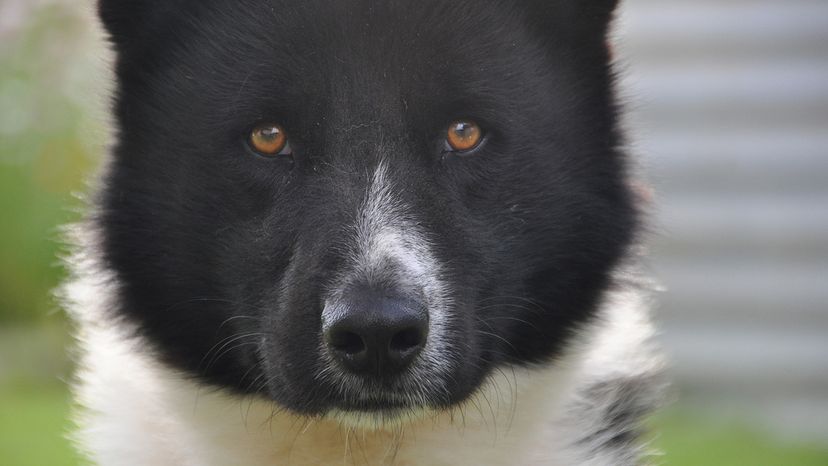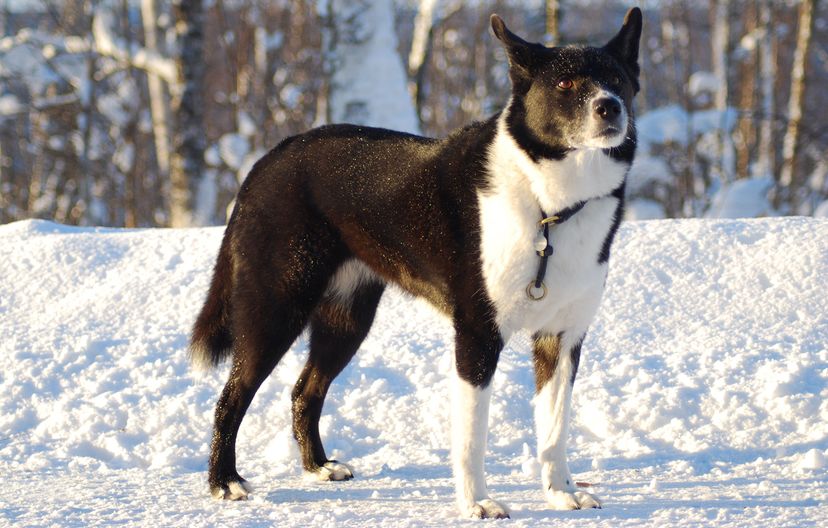
They’re not part bear, but don’t tell them that. Bear dogs are bred to stand their ground against some of nature’s most formidable predators. Used to hunt bears, moose and other large game, these working dogs have grit, brains and an instinct for survival.
One of the most notable is the Karelian Bear Dog, a working breed developed in northwestern Europe. This silent hunter is known for its courage, speed and intense focus, traits that make it a powerful tool in both bear hunting and non-lethal wildlife management.
Advertisement

